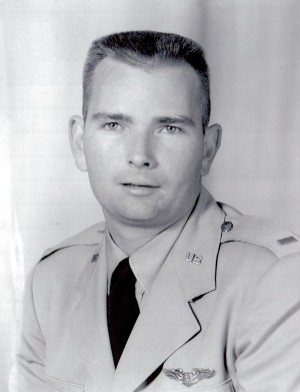- Homepage >
- Highlights >
- Hall of Fame >
- 2003
U.S. Army Operational Testers' Hall of Fame
Mr. Hunter McGuire Woodall, Jr.

|
Inducted November 13, 2003 June 14, 1930 - September 23, 1993
Weapons Analysis Team
Leader, Combat
Operations Research
Group
Chief, Test and
Experimentation, Combat
Operations Research
Group
Chief, Combat Support
Division, Office of the
Assistant Vice Chief of
Staff of the Army
Assistant Deputy
Undersecretary of the
Army in Operations
Research Research, Development, and Acquisition Analysis Officer for the Department of the Army, Office of the Assistant Secretary of the Army for Acquisition and LogisticsPentagon, 1980-1990
|
|
Hunter M. Woodall, Jr. was a practitioner and champion of operational testing
throughout a long career in the military, industry, and government. He was
always a tireless advocate for bringing the results of operational testing to
bear on system acquisition decisions, decisions that directly affected U.S. Army
soldiers. |
